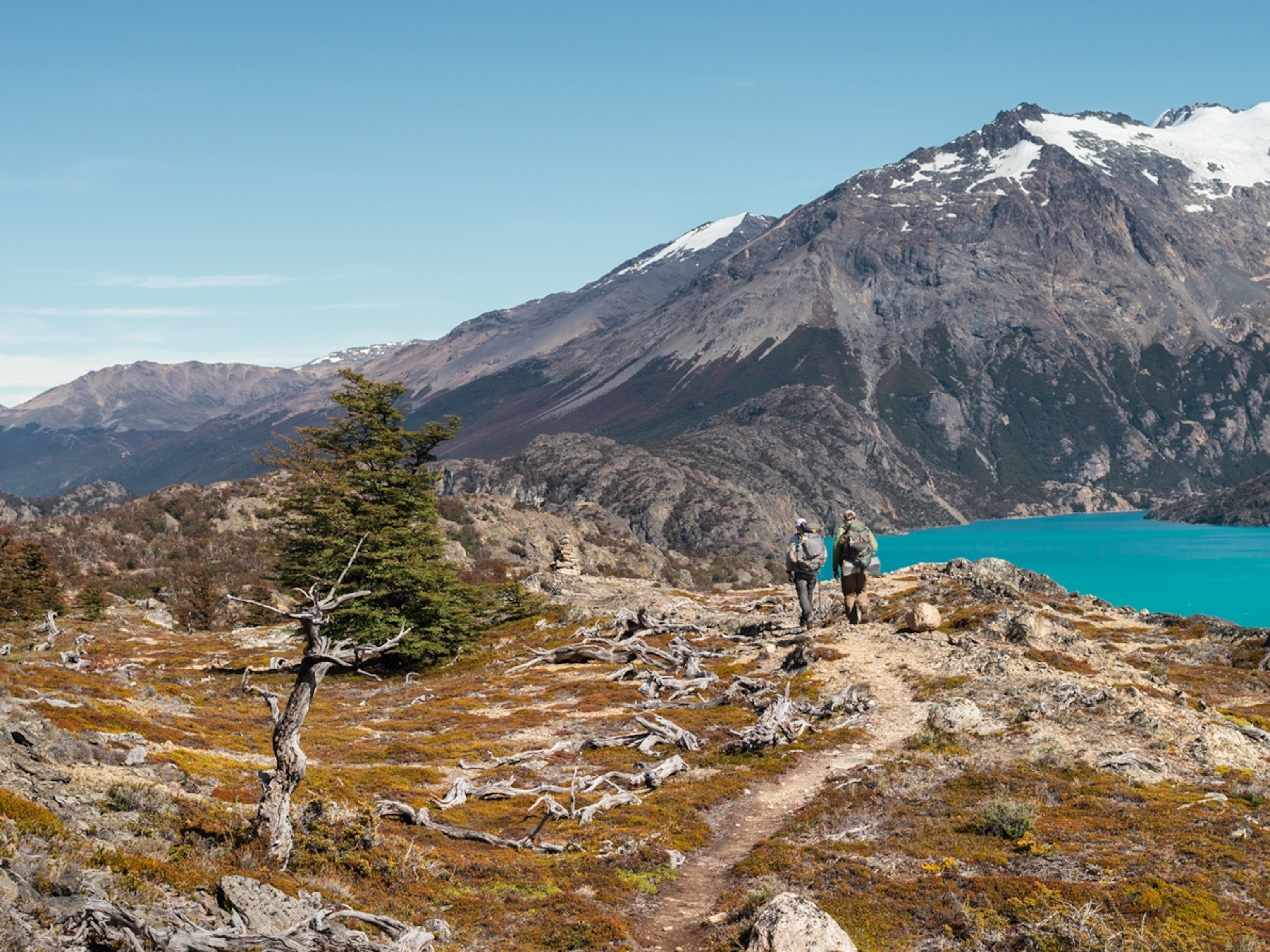How sustainable plantations help save Uganda’s decimated forests
Sustainable forestry is helping the country electrify, cutting down on firewood use—and providing livelihoods.
One of the most densely populated countries in Africa, Uganda has seen its population double in 12 years. With 95% of the population dependent on toxic charcoal and wood fuel for cooking, the natural forests have shrunk to only 10% of their original cover. Sustainable plantation forestry might offer a solution. The plantation trees are cut down to be used as utility poles, which provide homes with electricity and limits the need for wood fuel. Income generated from the process is making it possible for families to give their children an education. Filmmakers James Thomson and Thomas Hogben profile Ugandans who are forging a new path with this innovative approach.





